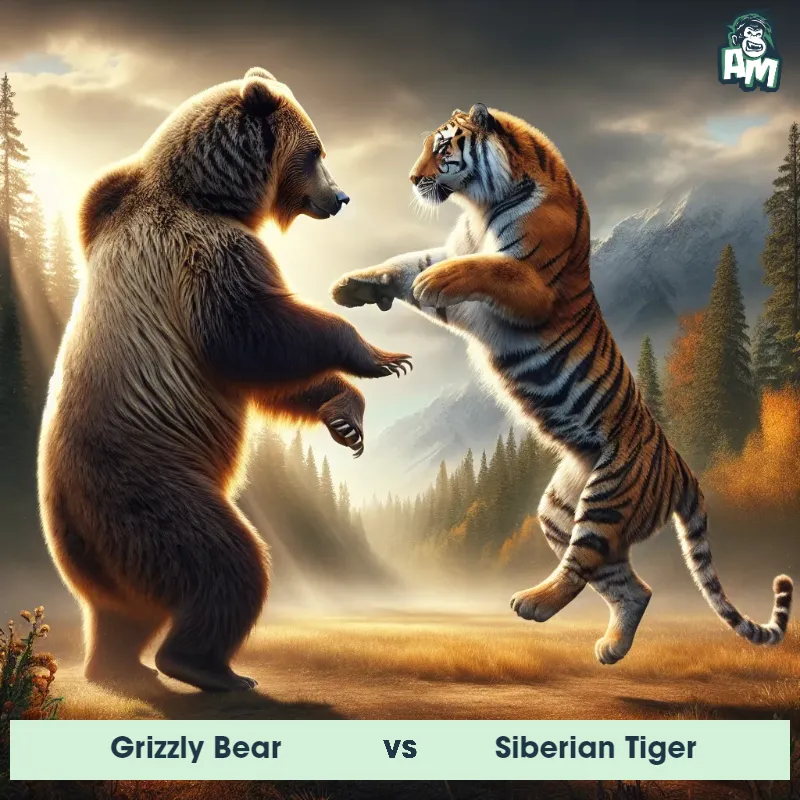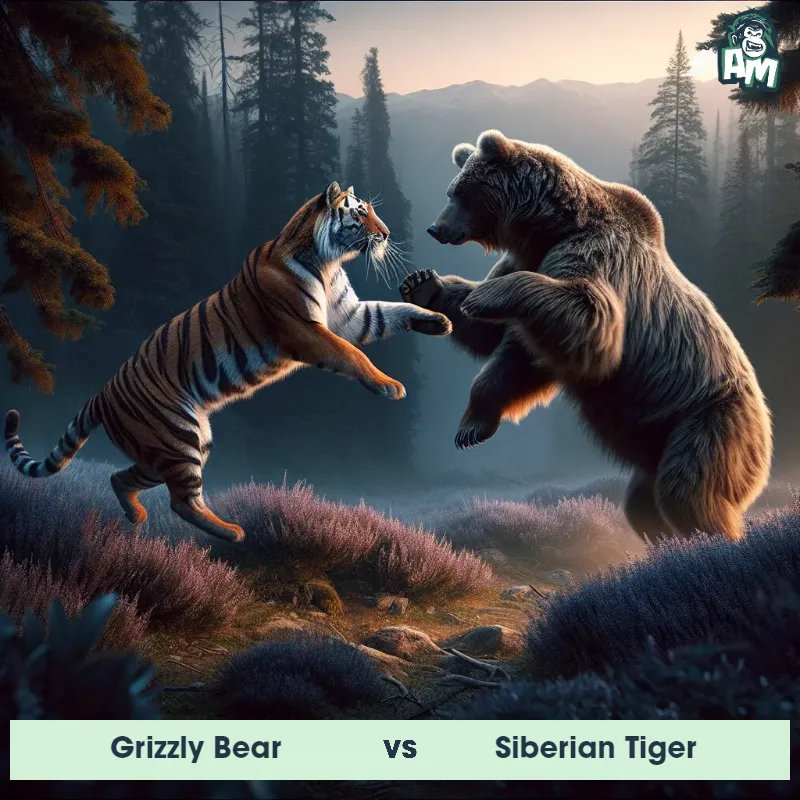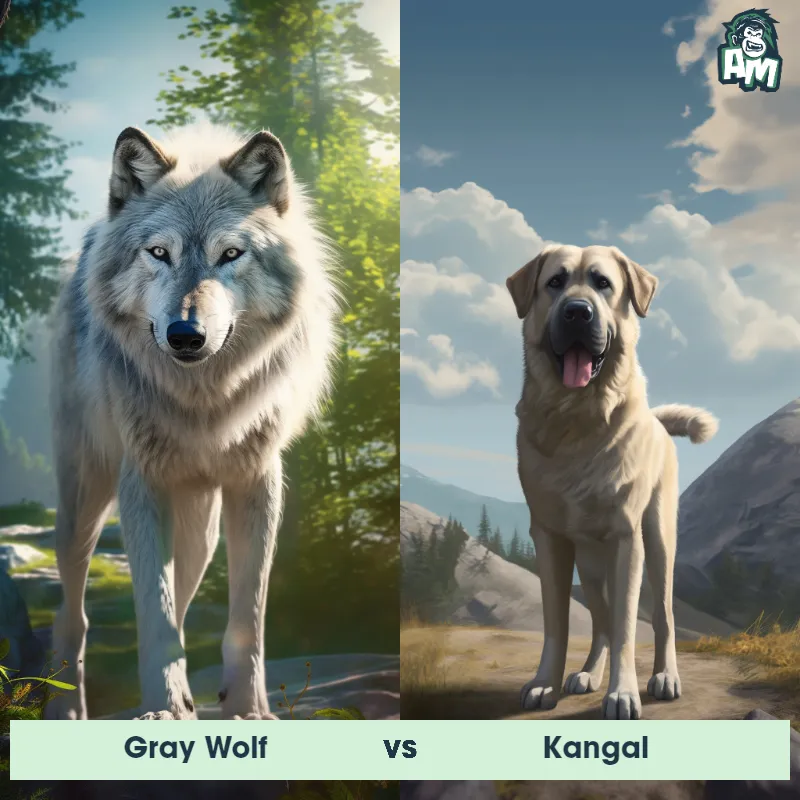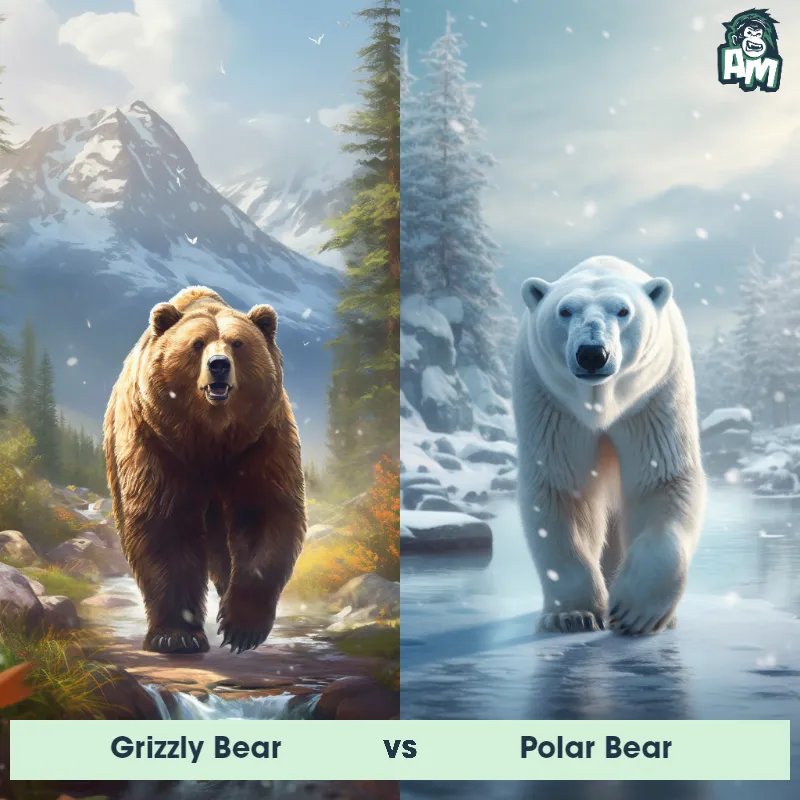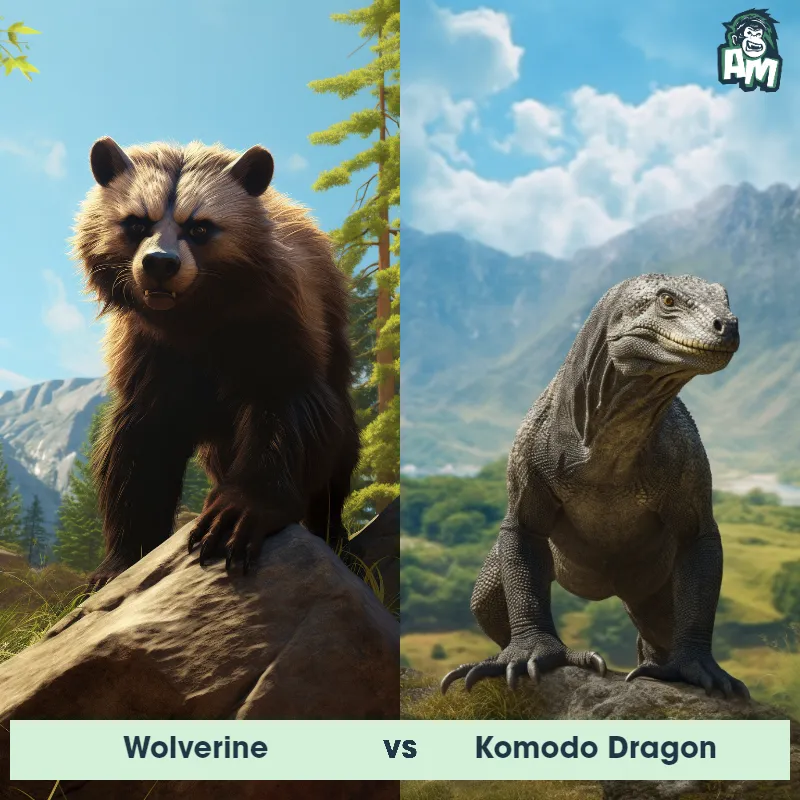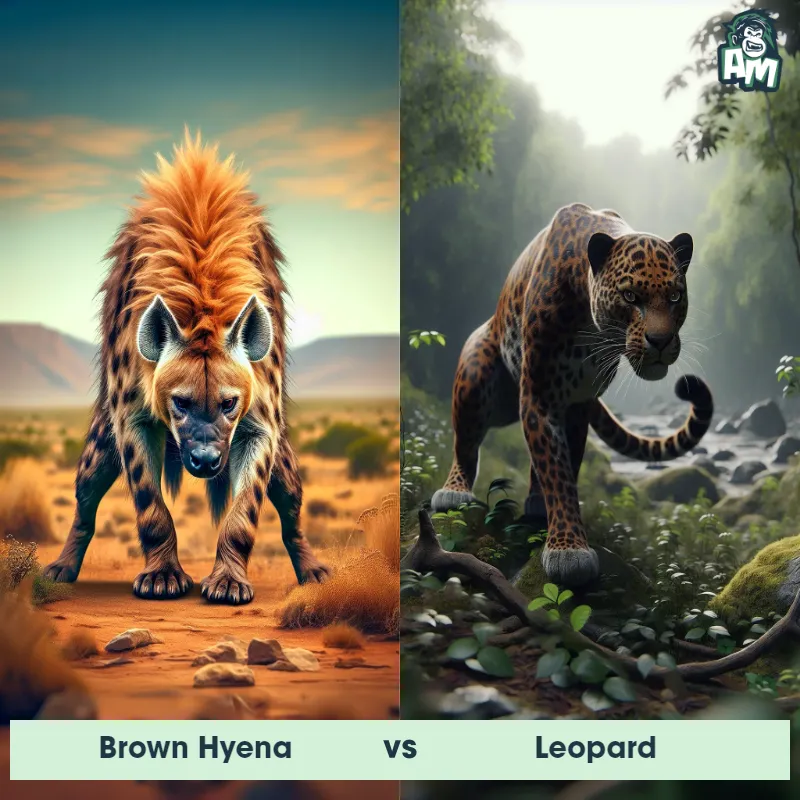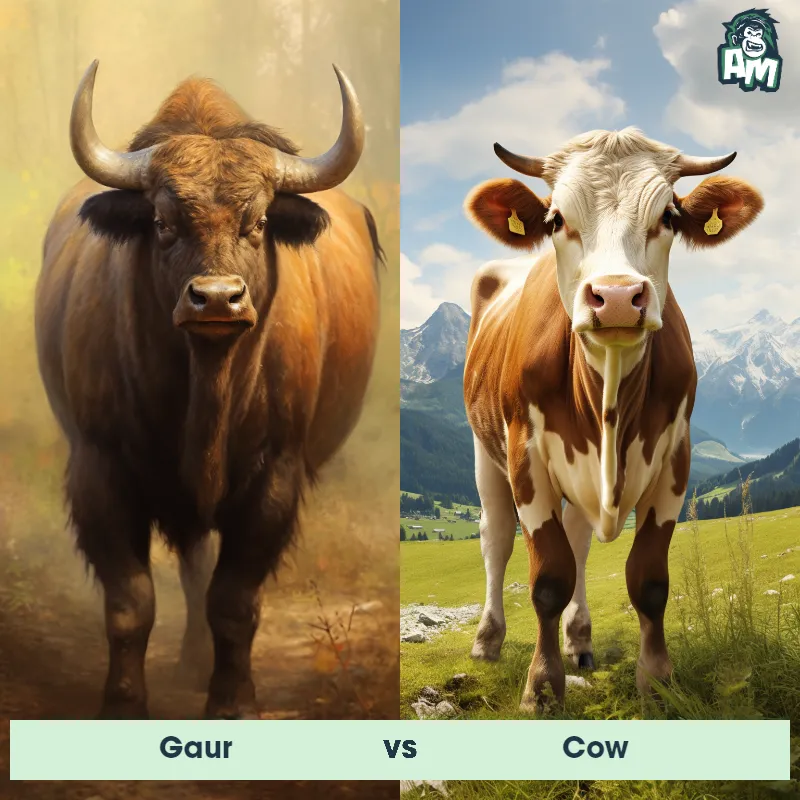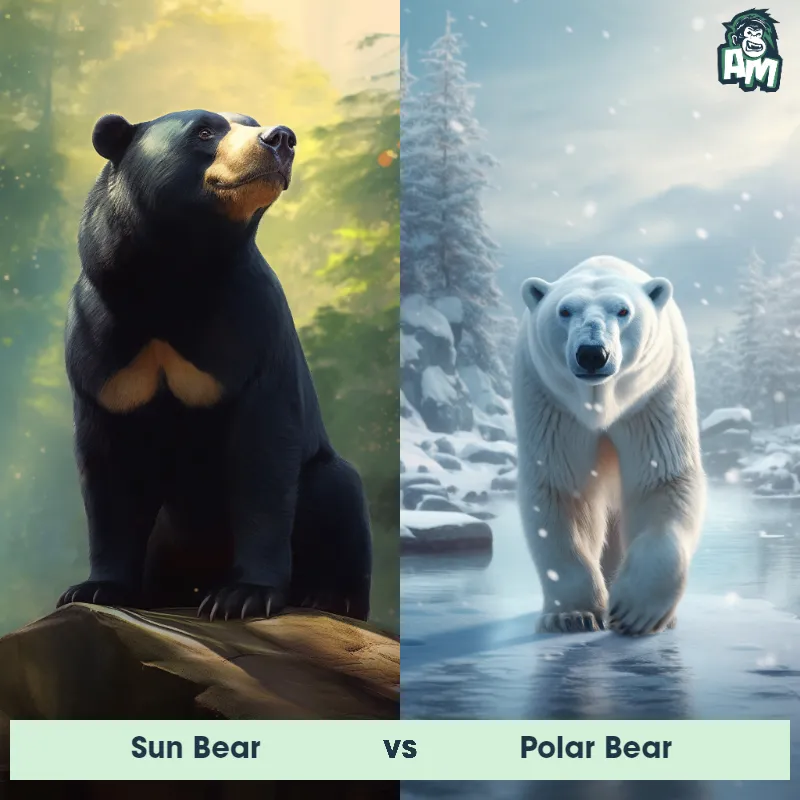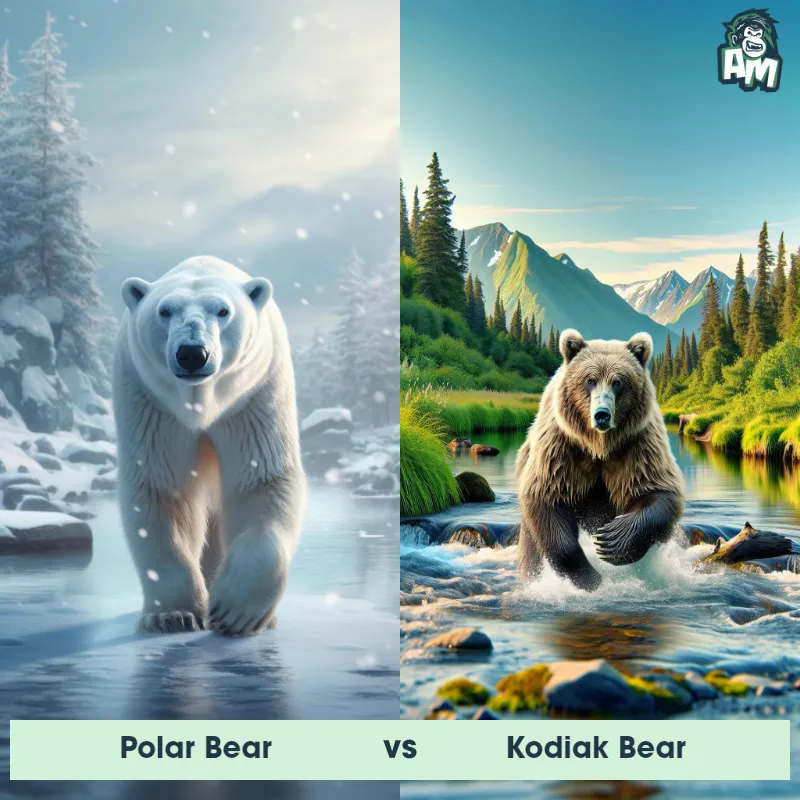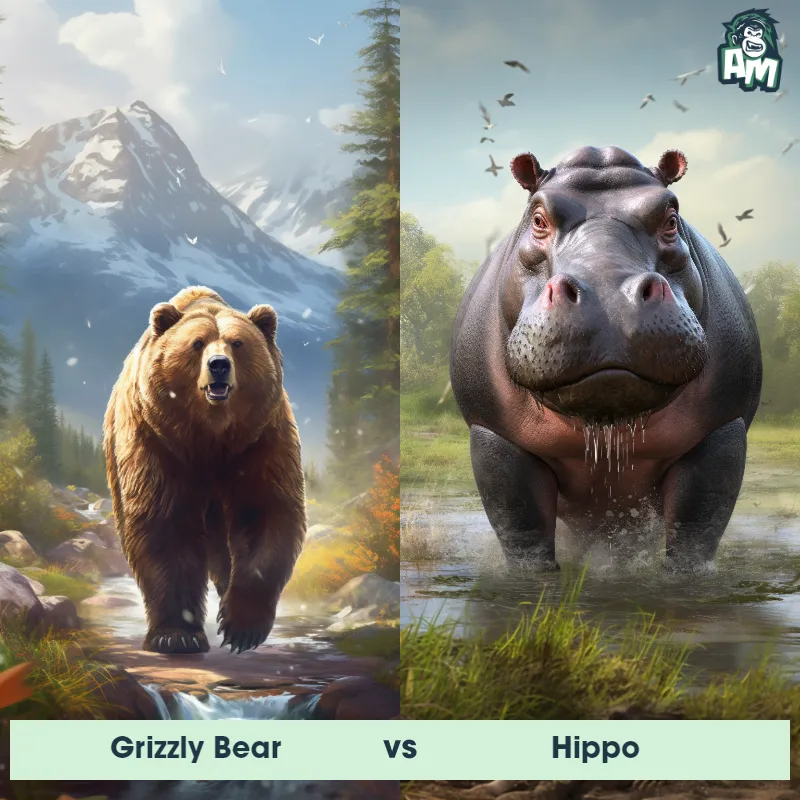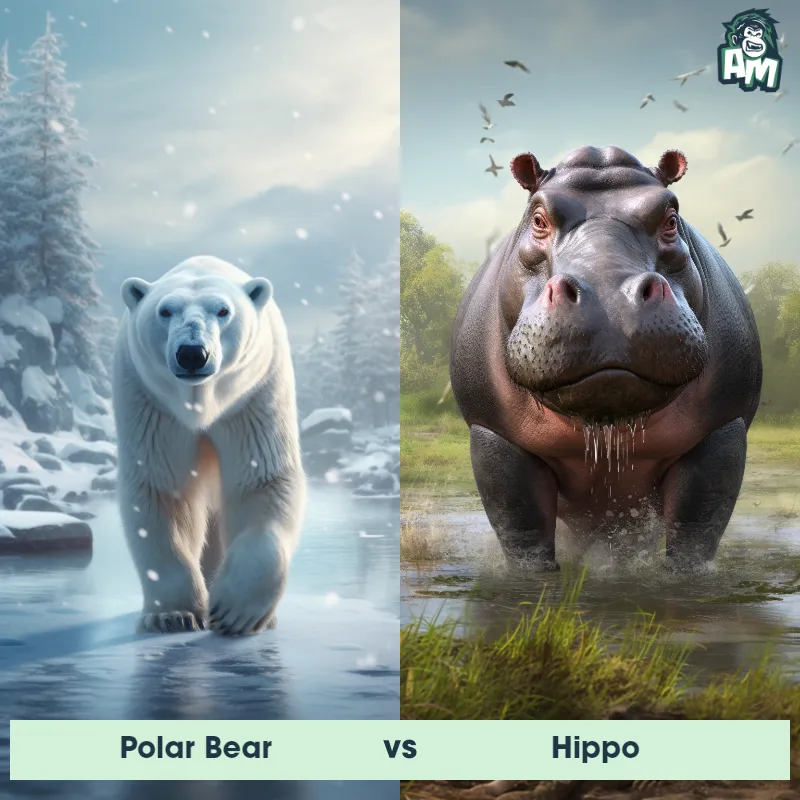Grizzly Bear vs Siberian TigerSee Who Wins

Ladies and gentlemen, prepare for a pulse-pounding showdown between two of the most powerful and awe-inspiring predators on the planet: the Grizzly Bear and the Siberian Tiger. Over three action-packed rounds, these magnificent beasts will demonstrate their incredible strength, agility, and ferocity as they vie for supremacy. Without further ado, let the battle commence!
Contender 1: Grizzly Bear
The Grizzly Bear, also known as the North American Brown Bear, is a large mammal that can weigh up to 600 pounds and stand up to 8 feet tall on its hind legs. They have distinctive humps on their shoulders, long claws, and a concave facial profile. Grizzly Bears are omnivores and can be found in North America, primarily in Alaska and western Canada.
![[object Object] Gif](https://tenor.com/view/fighting-match-quarrel-brawl-battle-gif-15965644.gif)
Fun Fact: Grizzly Bears have an incredible sense of smell and can detect food from miles away, making them excellent hunters and scavengers.
Contender 2: Siberian Tiger
The Siberian Tiger, also known as the Amur Tiger, is the largest subspecies of tiger and can weigh up to 660 pounds. They have a distinctive orange coat with black stripes and a white belly. Their powerful legs and sharp claws make them excellent hunters, and they are known to prey on deer, wild boar, and even bears. Unfortunately, due to habitat loss and poaching, the Siberian Tiger is critically endangered with only around 500 individuals left in the wild.
Fun Fact: Despite their size and strength, Siberian Tigers are excellent swimmers and are known to swim across rivers and lakes in search of prey.
Matchup Stats
| Grizzly Bear | Siberian Tiger | |
|---|---|---|
| Size | Up to 8 feet tall (2.4 meters) | Up to 10 feet (3 meters) in length; up to 3.5 feet (1.1 meters) in height at the shoulder |
| Weight | Up to 600 pounds (272 kilograms) | Up to 660 pounds (300 kilograms) |
| Speed | Speed: 30 mph (48.28 km/hr) | Speed: 50 mph (80.47 km/hr) |
| Key Strength | Powerful jaws and sharp claws | Powerful legs and sharp claws |
| Biggest Weakness | Slow movement and vulnerability to attacks from behind | Vulnerable to poaching and habitat loss |
Current Votes
Grizzly Bear vs Siberian Tiger
See Who Wins
Match Highlights
View More Matches
Looking For More?
Similar Matches
Scientific Stats
| Grizzly Bear | Siberian Tiger | |
|---|---|---|
| Scientific Name | Ursus arctos horribilis | Panthera tigris altaica |
| Family | Ursidae | Felidae |
| Habitat | Forests, meadows, and mountains | Forests and grasslands |
| Geography | North America, primarily in Alaska and western Canada | Russia, China, and North Korea |
| Diet | Omnivorous, eats berries, roots, fish, small mammals, and carrion | Deer, wild boar, bears, and other large prey |
| Lifespan | 20 years - 25 years | 10 years - 15 years |
Key Differences between Grizzly Bear and Siberian Tiger
- Habitat: Grizzly Bears are found in North America, while Siberian Tigers are found in Asia.
- Diet: Grizzly Bears are omnivores, eating both plants and animals, while Siberian Tigers are carnivores, eating only meat.
- Size: Grizzly Bears are larger than Siberian Tigers, with males weighing up to 600 pounds and standing up to 9 feet tall, while Siberian Tigers weigh up to 600 pounds and stand up to 4 feet tall.
- Head shape: Grizzly Bears have a rounder head with a prominent hump on their shoulders, while Siberian Tigers have a more elongated head with a narrow snout.
- Claws: Grizzly Bears have long, curved claws that are adapted for digging and climbing, while Siberian Tigers have retractable claws that are adapted for hunting and gripping prey.
- Ears: Grizzly Bears have small, round ears, while Siberian Tigers have large, triangular ears.
- Fur: Grizzly Bears have shaggy, brown fur that can range from light to dark, while Siberian Tigers have orange fur with black stripes.



